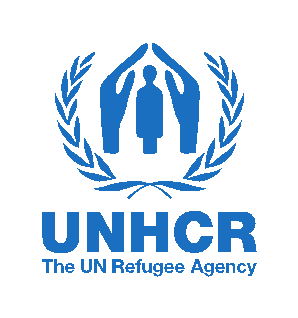Feb 2019 - Feb 2020 | UNHCR
UNHCR has issued a Technical Note on UNHCR's Engagement in the Implementation of the Monitoring and Reporting Mechanism for grave violations against children in armed conflict, as well as on Monitoring, Analysis, and Reporting Arrangements on conflict-related sexual violence (it is available here) and is regularly offering webinars with guidance on the technical note.
